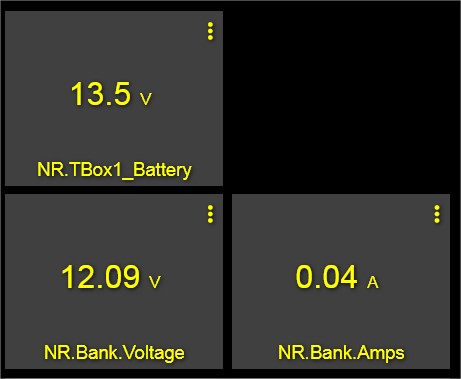If you're open to Node-red, you can interface this voltmeter to HE.
I have the modbus version for DC, accurate and fast reading, provides V & A, so W and also kWh summary in real time
any cheap rs485 to rs232 will work

If you're open to Node-red, you can interface this voltmeter to HE.
I have the modbus version for DC, accurate and fast reading, provides V & A, so W and also kWh summary in real time
any cheap rs485 to rs232 will work
